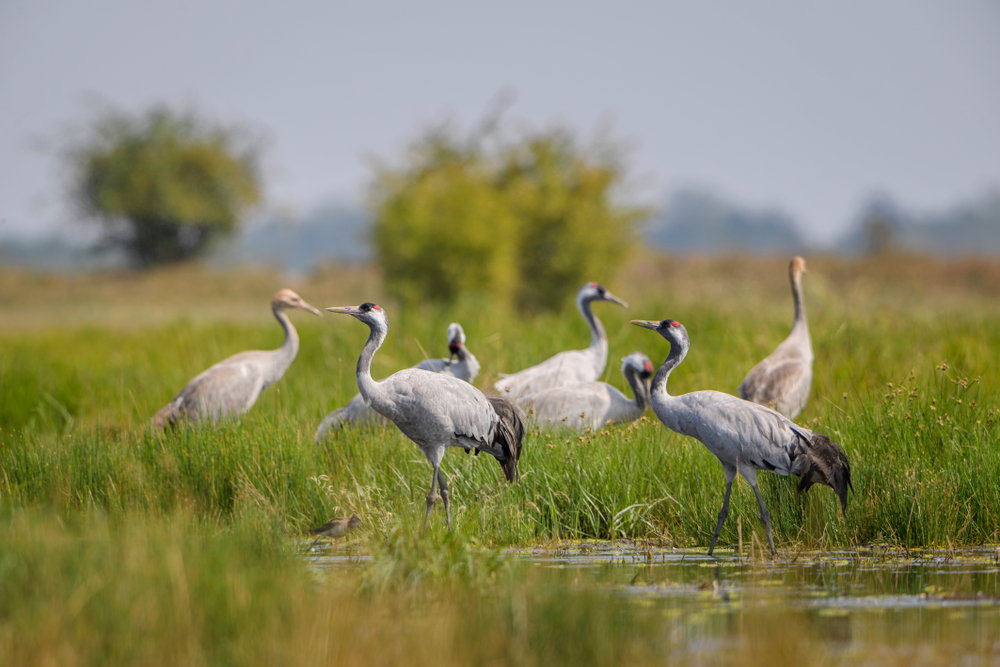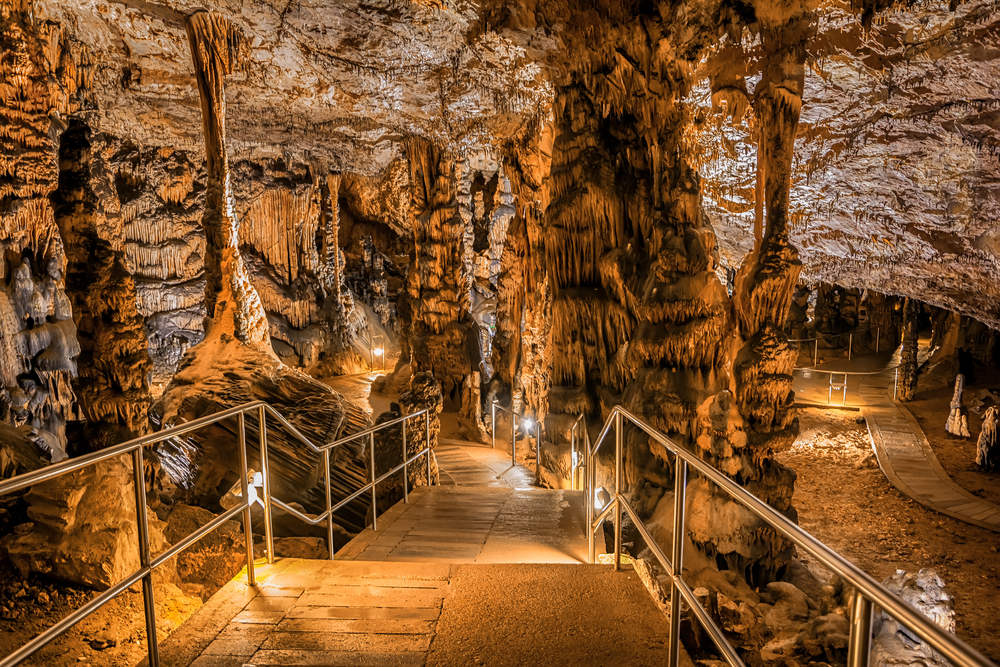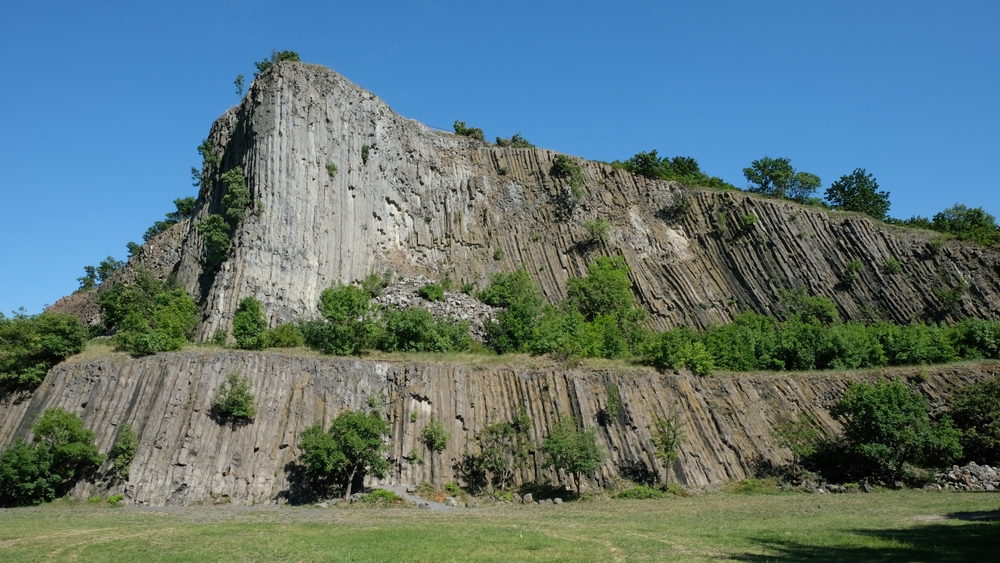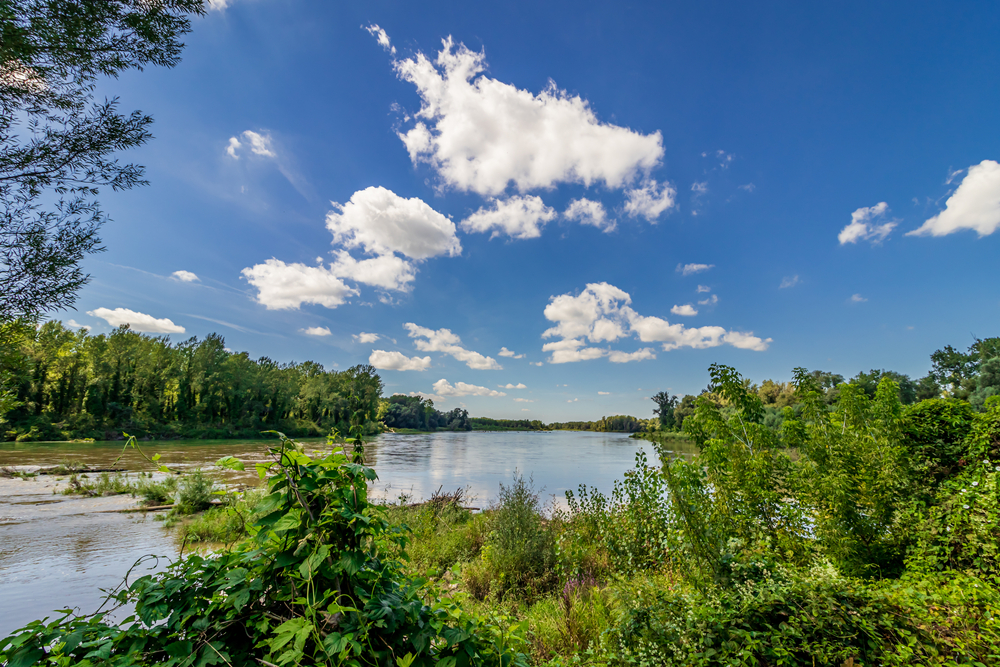Hortobágy Overview
Hortobágy National Park, known locally as Hortobágyi Nemzeti Park, is the largest national park in Hungary, covering approximately 800 square kilometers (309 square miles).
Established in 1973, it is located in the eastern part of the country, within the Great Hungarian Plain. This vast, open landscape is characterized by its flat terrain, extensive wetlands, and iconic grasslands known as the puszta.
The region’s climate is continental, with hot summers and cold winters, making it a unique ecosystem that supports a variety of plant and animal species. The park is famous for its alkaline steppe, meadows, and marshlands, which provide a critical habitat for both resident and migratory wildlife.
The landscape of Hortobágy National Park is dominated by vast plains, punctuated by shallow lakes and meandering rivers. The Hortobágy River, which flows through the park, plays an essential role in sustaining its wetlands.
The park also features traditional Hungarian cultural elements, such as the famous Nine-Holed Bridge (Kilenclyukú híd), an architectural relic from the early 19th century. The puszta, an extensive grassland, is an iconic part of the park, preserving Hungary’s pastoral heritage.
Wildflowers, reeds, and rare salt-tolerant plants flourish across the landscape, adapting to the alkaline soils that define the region.
Hortobágy National Park is renowned for its rich biodiversity, particularly its birdlife. It serves as an important stopover for migratory birds, making it a haven for birdwatchers. Species such as the great bustard, Eurasian crane, and red-footed falcon can be spotted throughout the year, while the rare saker falcon and eastern imperial eagle also find sanctuary in the park.
The wetlands attract thousands of waterfowl, including herons, spoonbills, and various species of ducks and geese. Beyond birds, the park is home to mammals such as the European ground squirrel, Eurasian otter, and red deer.
One of the most famous animals in the region is the Hungarian grey cattle, a traditional breed that has grazed the steppe for centuries, alongside Przewalski’s horses, which were reintroduced to the park as part of conservation efforts.
Visitors to Hortobágy National Park can explore its unique landscapes and wildlife through various activities. Birdwatching is a major attraction, with several observation points and guided tours available to help visitors spot rare species.
The park also offers traditional horse shows, where visitors can witness the skills of Hungarian csikós (horsemen), a cultural tradition dating back centuries. Hiking and cycling trails allow visitors to immerse themselves in the natural beauty of the puszta, while boat tours provide an opportunity to explore the park’s wetlands.
The annual Crane Festival, held in autumn, draws bird enthusiasts from around the world to witness the spectacular migration of thousands of cranes.
Conservation efforts within Hortobágy National Park have been focused on protecting its fragile ecosystems and preserving traditional land use practices. The park is a UNESCO World Heritage Site, recognized for its cultural landscape and biodiversity.
Sustainable grazing practices have been implemented to maintain the balance between agriculture and nature conservation. Challenges such as habitat degradation and climate change continue to pose threats to the park’s wetlands and bird populations.
However, ongoing research, habitat restoration projects, and international collaborations have contributed to successful conservation efforts, ensuring that Hortobágy remains a sanctuary for wildlife and a testament to Hungary’s natural and cultural heritage.
















































































